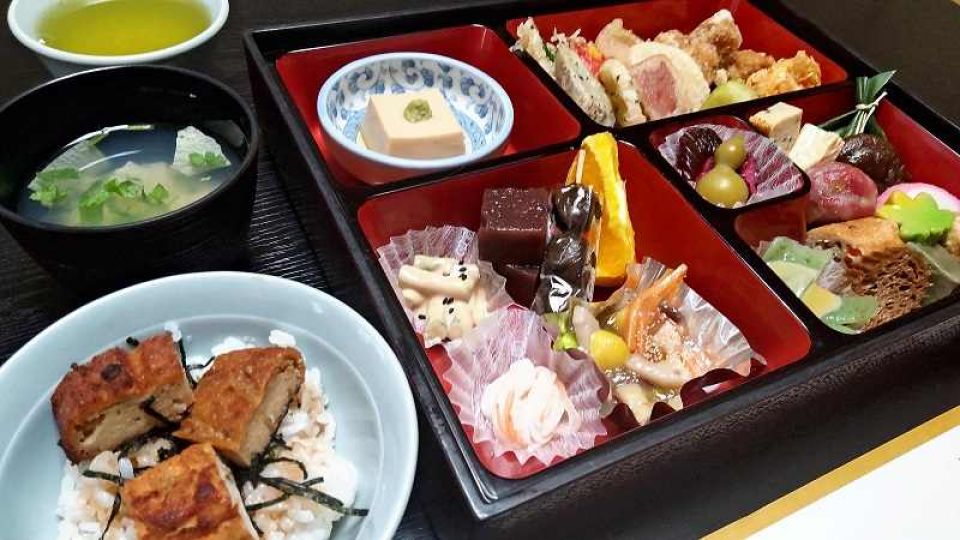July 28, 2022
TOKYO – U.S. political scientist Samuel Huntington wrote in his book “The Clash of Civilizations and the Remaking of World Order” (1996) that there were seven or eight major civilizations in the world. He regarded Japan as an exceptional case with a society and civilization unique to itself.
Huntington included the United States in the same Western civilization bracket as Britain, France, Germany and other European countries. And Ukraine, currently under Russian invasion, is placed where two civilizations — Western and Orthodox — meet and blend with each other. So it is possible to say the current conflict means that Huntington predicted correctly that civilizations would clash with each other.
Let’s get back to Japan. I know that many knowledgeable people think Japan is part of the Sinic civilization. But Huntington has a point.
Japan radically changed after the Onin War (1467-77) — that notion was first pointed out by Konan Naito, a specialist in the history of the East who lived 100 years ago. Before that war, he said he couldn’t feel that Japan was different from the history of any other country. What he meant was that after the war, Japan freed itself of the powerful influence from China and became Japan as we know it today. Quite a few historians agree with this point.
Take a tea cup, for example. Before the Onin War, tea cups from China were regarded as the most valuable by far. After 16th-century tea master Sen no Rikyu came on the scene, however, Japan’s own tea cups were given a higher status, a tradition that continues today. Never say it’s only a tea cup. Tea cups are a symbol of Japanese culture.
Until the 15th century, Japanese people sat on wooden floors. After the war, tatami mats became widespread, and people started sitting on them, thereby becoming what French people call tatamiser today.
Of course, there are exceptions to just about everything. A few things did come from China to Japan after the Onin War. Typical examples are sencha tea and Obakushu.
Obakushu is a sect of Zen Buddhism. The patriarch was Yinyuan Longqi, a monk from the Ming dynasty of China, who is known as Ingen Ryuki in Japan. After arriving in Japan in 1654, Ingen built Obakusan Manpukuji temple in Uji, a southern suburb of Kyoto, with permission from the shogunate. He worked hard to spread the teaching of the sect.
Despite his efforts, Obakushu attained only a small number of followers compared to the Zen Buddhism that developed in this country. Yet it was treated with respect and awe because everything about it — from the temple’s buildings and systems to altar articles and rituals — was in an exotic Chinese style. The sect did not cause any notable trouble with Japanese Buddhism either.
The sect also brought its food culture to Japan, which includes fucha cuisine, traditional Chinese veganism that uses only ingredients of vegetable origin. Fucha cuisine also did not spread widely in Japan. At Japanese restaurants, shojin ryori (Buddhist vegetarian cuisine) normally means Japanese-style vegetarian course meals.
But sencha tea and its culture, which came to Japan together with Obakushu, took root. Today, sencha is the tea that Japanese people drink most commonly on a daily basis. Matcha green tea, which came from China to Japan earlier during the Heian period (late 8th to late 12th centuries), became refined in a Japanese way. But it is served as a beverage only at tea ceremonies, not for everyday occasions.
Since sencha is an exception within an exception, I would like to continue the story in the next installment.

The Yomiuri Shimbun
The statue of Hotei enshrined at Obakusan Manpukuji temple in Uji, Kyoto Prefecture. Hotei, a monk who lived in China, has been regarded as an incarnation of Miroku Bosatsu, or Maitreya, in Buddhism following his death.

